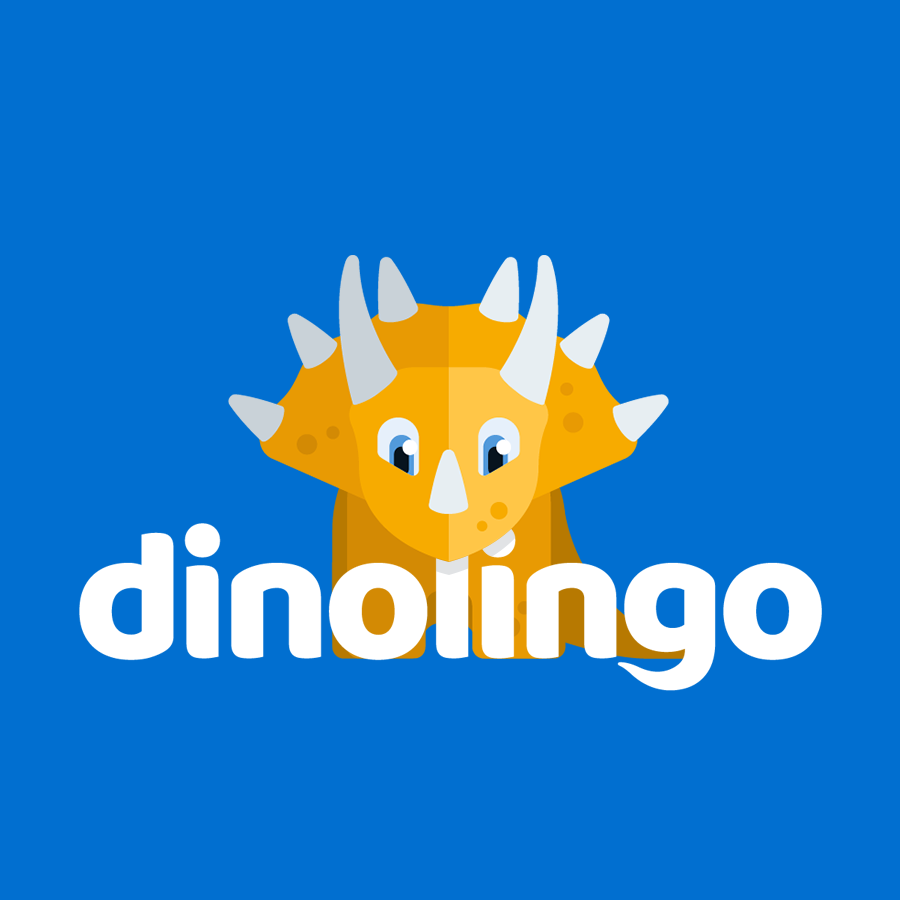In some of our previous blogs, we’ve talked about Enjoying Reading with your Child and Making Reading a Routine Reality. But how about helping children to become independent readers?
Author, teacher trainer, and owner of her own language school in Japan, Mari Nakamura, has developed a Three-Stage Literacy Program at her school, English Square. In a recent article for The Language Teacher, she focuses on promoting reading fluency among elementary school age children. She considers what is reading fluency, what are appropriate materials, and what activities can we use to help.

What is reading fluency?
To read fluently, we need to recognize words accurately and automatically. Before this, however, children first need to develop letter recognition, know their sounds and the meaning of words before processing sentences and so on. Although we may read for a variety of specific reasons and personal goals, we generally read to understand the message, communicating with the writer, and expanding our knowledge. With that can come enjoyment, but when faced with material that is too difficult, children can get frustrated and possibly put off reading.
What reading materials should we use?
In developing reading fluency, we know that children benefit most from many opportunities to read easy passages orally, repeatedly, and with guidance. Research has also shown that knowing at least 98% of the words is necessary to be able to construct meaning with a high degree of success, which also helps kids stay motivated to read. Of course, the content must also at the right maturity level as well as being engaging and interesting, for example, by expanding their knowledge whilst making them think more about their lives and the world around them.
How can we help foster reading fluency and independence?
For fluency development, Mari suggests using stories children are familiar with, especially ones that they’d read (or had read to them) when they were younger. In addition to repeated reading of easy materials and providing assistance when needed, we can also add developmentally appropriate activities. For example, with children who are more hesitant, we might read a word or a sentence first then get them to read it aloud afterwards. They might also try shadowing, even under their breath at first, trying to keep up with whoever is reading. We can even show children how to shadow with Dino Lingo Books, for example, reading the words aloud as they listen to the audio. They can also learn to run their finger along as they hear the words being read.
When children are faced with longer, more difficult words, we can show them how to break them up into their syllables, like ty-ran-no-sau-rus. By covering up parts of the words with my fingers, I can also leave the parts that my children (AA) either know how to read or can try to sound out. However, saying some words can still be challenging, so one thing that works well (with children as well as adult learners of English), is building difficult words up backwards, as shown below. And chanting expressively invariably adds to the fun!
Me: Say, ‘rus’ (expressively)
AA: ‘rus’ (laughing)
Me: ‘SAUrus’
AA: ‘saurus’ (quietly)
Me: Great. Louder. ‘SAUrus’!
AA: ‘SAURUS’! (laughing)
Me: ‘tyranno’
AA: ‘tyran…’ (giggling)
Me: ‘ranno’
AA: ‘ranno’
Me: Good. ‘tyRANno’
AA: ‘tyRANno’
Me: ‘tyranno, tyRANno, TYRANNO’! (getting louder)
AA: ‘tyranno, tyRANno, TYRANNO’! (laughing again)
Me: ‘saurus, saurus, saurus!’
AA: ‘saurus, saurus, saurus’!
Me: Tyrannosaurus!
AA: Tyrannosaurus!
Me: Alright! Tyrannosaurus! Rrrrr!
AA: Rrrr!! (laughing) Tyrannosaurus!! (laughing)
So, what kinds of reading fluency activities work for you and your kids? Please feel free to share your ideas and experiences, and let us know how you get along with any of the above activities and techniques.
Philip Shigeo Brown

Online lessons for kids: dinolingo.com